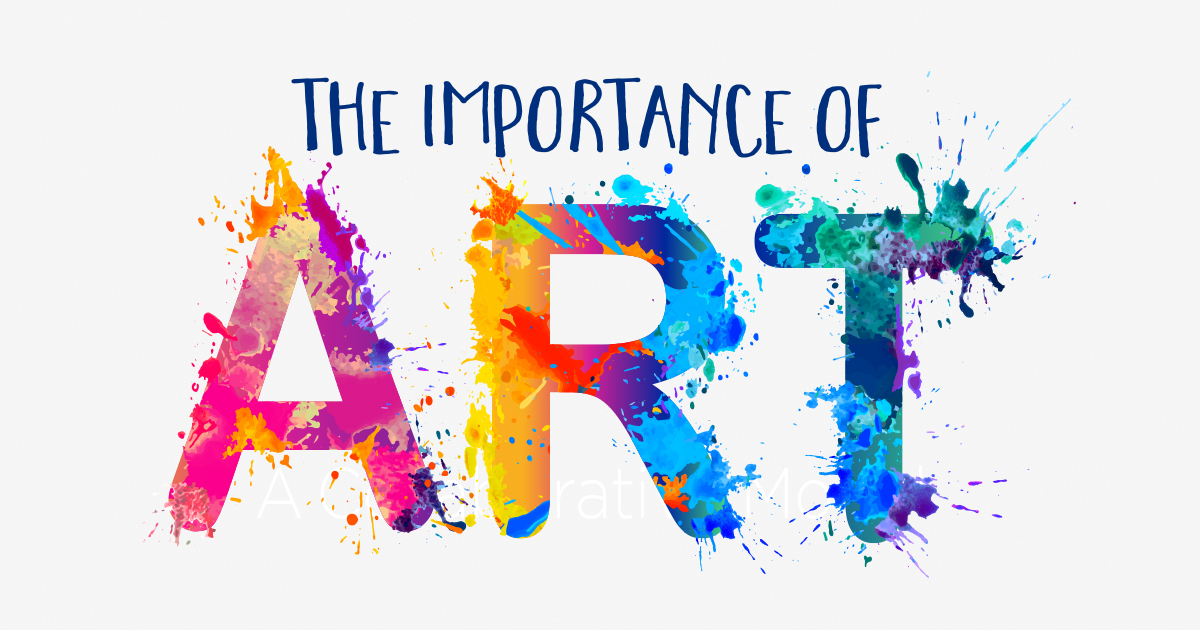How Trump Art Influences Public Perception of Political Numbers
How Trump Art Influences Public Perception of Political Numbers
Blog Article
Diving Into the Diverse Globe of Artistic Expression: From Surrealism to Abstract Realism
In the realm of imaginative expression, from the dreamlike landscapes of surrealism to the intricate play of light and type in abstract realistic look, artists have continuously pressed the limits of creative thinking and creative imagination. As we discover the complex world of art, we are offered with a tapestry of designs, techniques, and approaches that challenge our understanding and prompt reflection.
Surrealism: Releasing the Subconscious
Surrealism, an avant-garde creative motion of the 20th century, explored the depths of the subconscious, introducing a globe of dream-like images and unusual associations. Headed by artists like Salvador Dali, René Magritte, and Joan Miró, Surrealism looked for to test the conventional methods of seeing and understanding art. Via techniques such as automatism and desire analysis, Surrealist artists intended to use the subconscious mind to expose hidden truths and needs.
One of the key aspects of Surrealism was the emphasis on the unreasonable and the extraordinary. By incorporating unforeseen aspects in their works, Surrealist artists intended to produce a feeling of disorientation and shock in the visitor. This disruption of reasoning and factor was implied to provoke a much deeper exploration of the subconscious and the mysteries of the human subconscious.
Abstract Realistic Look: Redefining Understanding
Testing conventional artistic borders, Abstract Realism redefines understanding with the blend of well-known aspects with abstract kinds. This innovative strategy to art combines the representational precision of realism with the imaginative freedom of abstraction, supplying audiences a distinct aesthetic experience that motivates them to examine their assumption of reality.
In Abstract Realism, musicians strive to record the essence of their topics while also infusing their job with a feeling of deepness and complexity with abstract components. By blending the acquainted with the unknown, these musicians invite target markets to engage with their items on multiple levels, motivating them to discover the nuances of type, color, and structure.

Cubism: Breaking Up Truth
Using fragmented perspectives and geometric kinds, Cubism changed the artistic representation of fact in the early 20th century. Developed by Pablo Picasso and Georges Braque, Cubism sought to challenge standard ideas of point of view and depiction. By damaging down things and numbers into geometric forms and providing them from multiple point of views all at once, Cubist musicians aimed to catch the significance of the subject rather than its actual look. This technique not only deconstructed reality yet also stressed the monotony of the canvas, leading the way for future abstract art movements.

Cubism can be classified right into two main stages: Analytical Cubism, defined by monochromatic color design and detailed, fragmented kinds; and Artificial Cubism, which incorporated collection elements and brighter shades into the compositions. With these distinct phases, Cubism affected not only painting yet additionally style, sculpture, and layout. trump art. Its influence reverberated throughout the art world, motivating artists to discover new means of analyzing and standing for the world around them
Expressionism: Feelings on Canvas
Exploring the depths of human emotions via vibrant and expressive brushstrokes, Expressionism became an extensive creative movement in the early 20th century. Unlike previous art activities that concentrated on showing the exterior world, Expressionism delved into the interior world of the musician's mind, aiming to evoke raw emotions and provoke natural responses from audiences.
Expressionist artists, such as Edvard Munch, Egon Schiele, and Emil Nolde, rejected conventional ideas of charm and realism in support of distorting type and color to convey subjective feelings. Using overstated brushwork, bold colors, and altered numbers helped develop a sense of anxiousness, alienation, or passion in their jobs.
Among the most popular instances of Expressionism is Munch's "The Scream," which catches the intense stress and anxiety and anguish of modern life with its swirling, distorted number versus a blood-red skies. Via their emotionally billed works, Expressionist musicians sought to test conventional imaginative norms and supply a window right into the turbulent depths of the human soul.
Contemporary Art: Evolving Point Of Views

One of the specifying characteristics of modern art is its consistent advancement and ability to adapt to transforming cultural landscapes. Artists are significantly integrating modern technology into their practice, obscuring the lines between the digital and physical realms. This blend of tools permits cutting-edge ways of storytelling and involving with target markets in a more interactive way.
Moreover, contemporary art usually functions as a platform for social discourse, addressing pressing issues such as identity, national politics, and the environment. Artists are utilizing their work to provoke and stimulate essential discussions thought, clarifying the complexities of the globe we stay in. As point of views remain to develop, contemporary art remains a influential and vibrant pressure Look At This in forming our social landscape.
Conclusion
Finally, the world of creative expression encompasses a broad array of styles and activities, each with its own one-of-a-kind method to sharing meaning and feeling. From surrealism's expedition of the subconscious to abstract realistic look's redefining of understanding, and from cubism's fragmentation of reality to expressionism's representation of emotions, art continues to evolve and test point of views - trump art. Contemporary art shows the ever-changing world we stay in, providing new ways to analyze and recognize the complexities of our truth
As we discover the multifaceted globe of art, we are provided with a tapestry of styles, strategies, and philosophies that test our understanding and provoke contemplation. Its influence reverberated throughout the art globe, inspiring artists to check out new means of interpreting and standing for the world around published here them.

Report this page